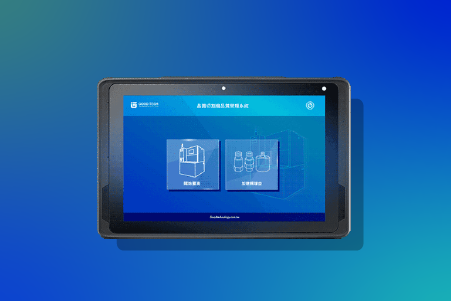How to Ensure the Stability of the Wafer Dicing Process?
Case|How to Ensure the Stability of the Wafer Dicing Process?To achieve higher wafer yield rates, it is essential not only to control environmental factors but also to ensure that processing equipment can operate stably. Since wafer dicing machines significantly impact chip quality, how can we ensure the stability of the dicing process?
Wafer Dicing Machine
To achieve higher wafer yield rates, it is essential not only to control environmental factors but also to ensure that processing equipment can operate stably. Since wafer dicing machines significantly impact chip quality, how can we ensure the stability of the dicing process?
Operating Principle of Wafer Dicing Machine
The main components of a dicing machine include the spindle, cutting blade, and wafer chuck (holding table). During the operation, the machine utilizes various blade materials such as metal, ceramic, resin, and electroforming, along with a high-speed spindle motor and precise positioning system to perform the cutting task.
Difference Between Soft and Hard Blades
Soft blades are classified by different bonding agents, such as electroformed blades, resin-based blades, metal blades, and ceramic blades. They are lower in cost but require precision in use. The blade diameter can be replaced as it wears down, and pre-sharpening is needed to meet cutting sharpness requirements.
Hard blades, on the other hand, are typically formed by electroforming (integrated with an aluminum alloy blade holder), designed for one-time use at a higher cost.

Solution and Monitoring Overview
IMS-DS Wafer Dicing Machine Quality Management Analyzer
Measures the working speed of the dicing machine spindle and different blades. By analyzing the measurement results, we can evaluate the working condition between the blade and spindle, ensuring equipment health and enabling proactive maintenance before issues occur.
Measurement Status
T Dicing Machine Spindle Speed Measurement Case
Measured machines: A, B, C (soft blade dual-spindle simultaneous operation)
Measured speeds: 22000, 30000, 35000 RPM / 22000, 30000, 33000 RPM (soft blade)
Machine A Measurement Case

Dynamic Signal Comparison at Different Speeds for Machine A

Balance Condition at Different Speeds for Machine A
Machine B Measurement Case

Dynamic Signal Comparison at Different Speeds for Machine B

Balance Condition at Different Speeds for Machine B
Measurement Conclusion
The normal machine dynamics and balance should show higher values at high speeds compared to low speeds. Possible causes: 1. Blade resonance mode 2. Low-frequency vibration due to dual-spindle simultaneous operation. Analysis of different blade types at the same working speed can confirm spindle quality, abnormalities in blade attachment structures, and identify resonance speeds. The balance level reflects the spindle health status during production.
Utilizing the IMS-DS wafer dicing machine quality analyzer allows for rapid inspection of each component, detecting abnormal equipment early to maintain process quality and yield rates.
IMS-DS Wafer Dicing Machine


